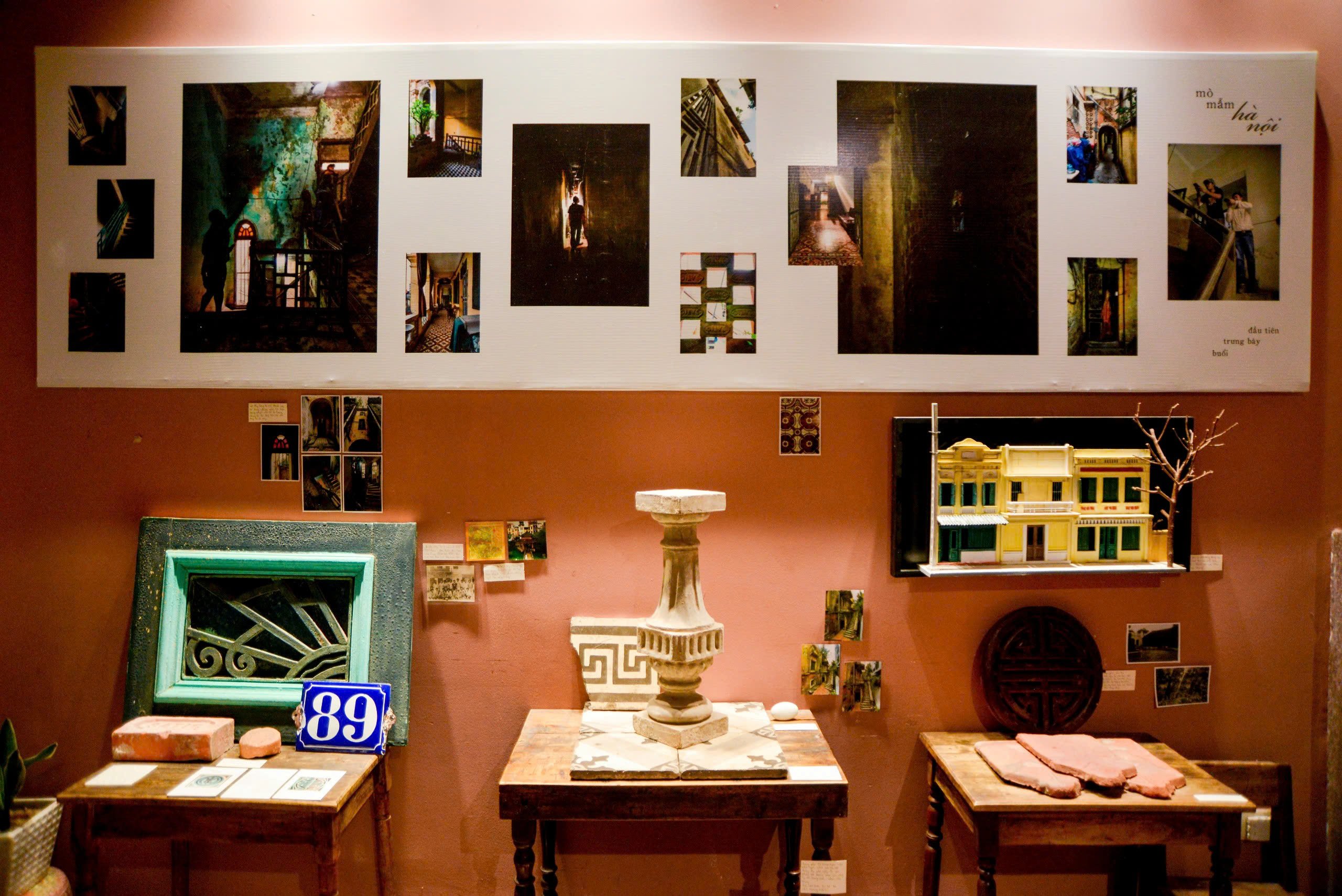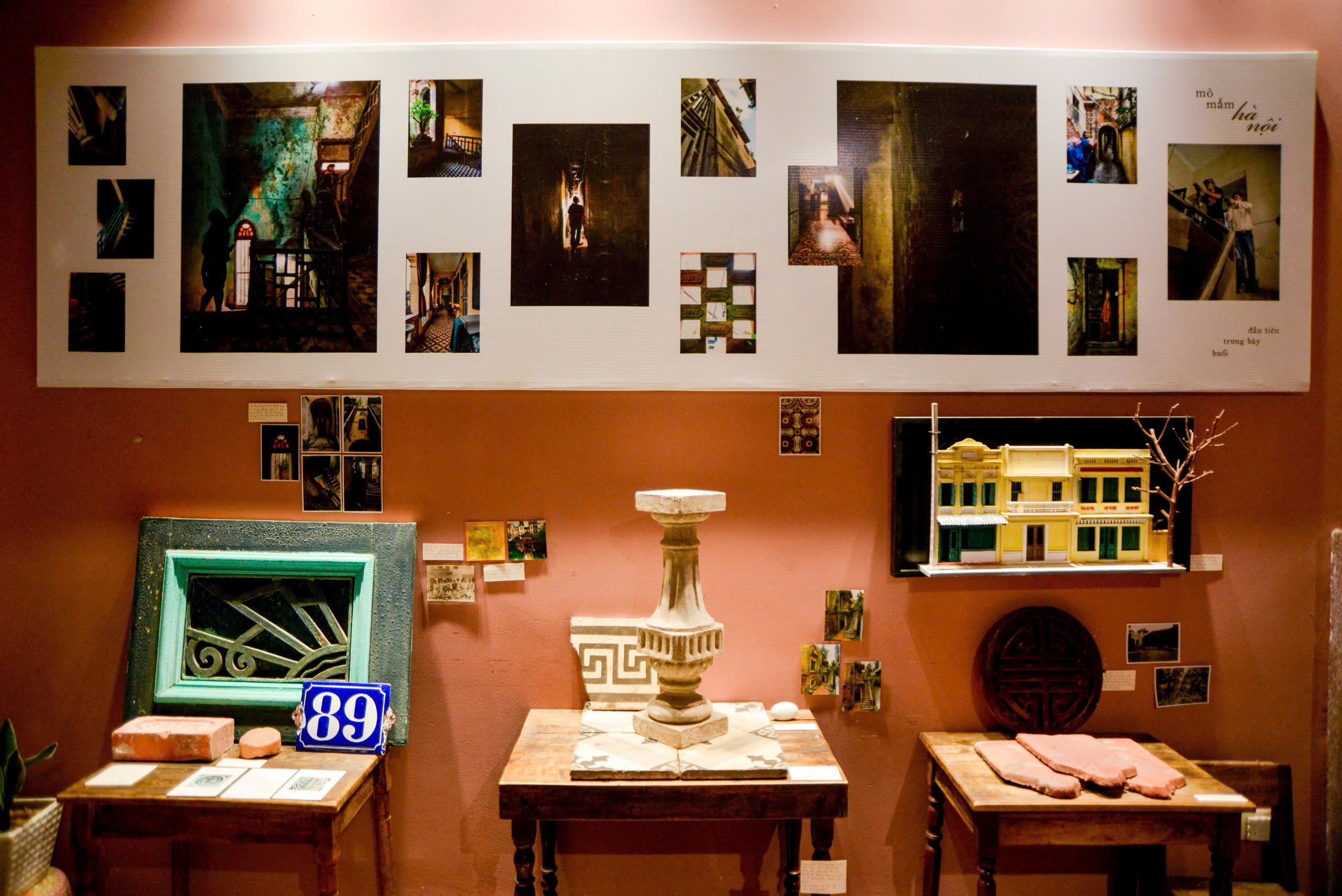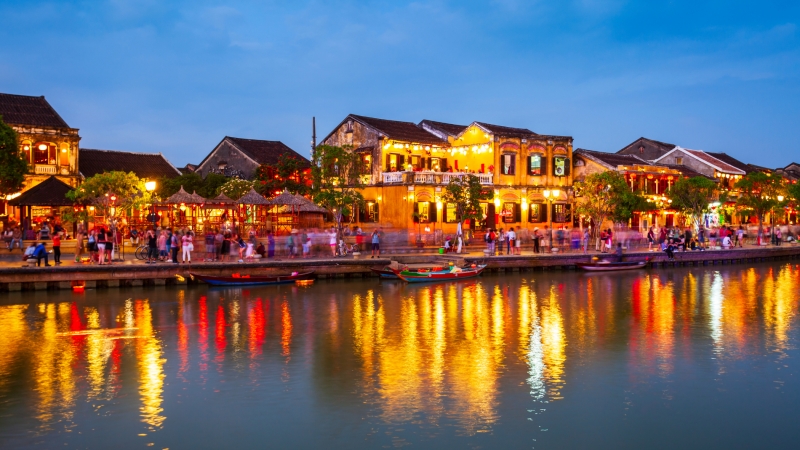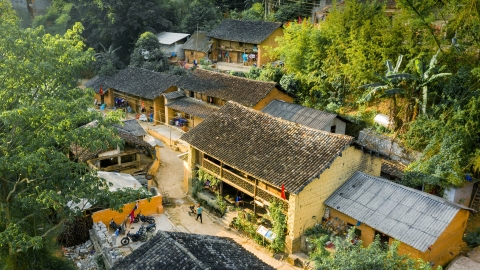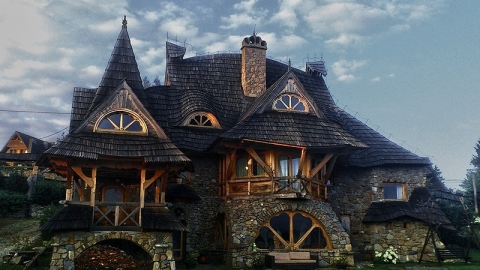The value of ancient houses in the heart of modern Hanoi
Hanoi is not only the capital or a place that marks important historical milestones, but also a living treasure of urban memories. In the heart of the city, which is increasingly expanding and modernizing, there are still ancient houses, silent witnesses of time - carrying within them cultural and spiritual values that no skyscraper can replace.
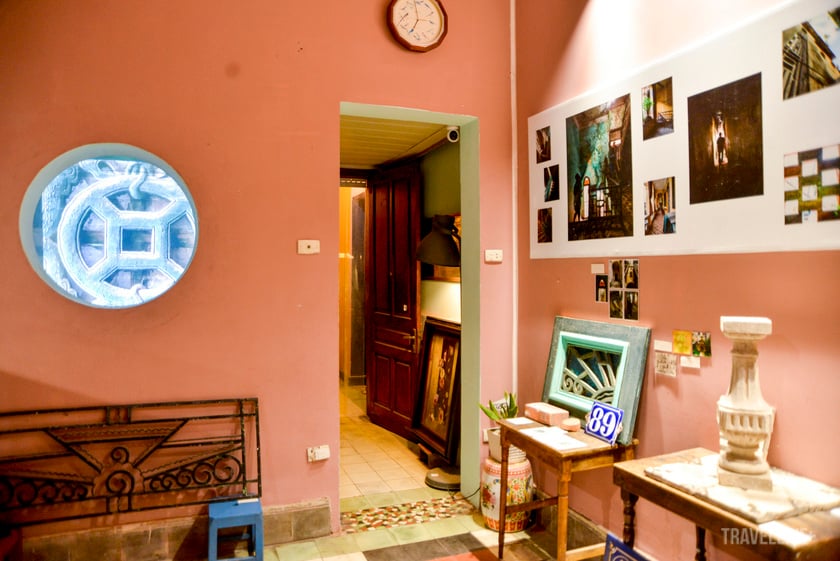
The old French villas with sloping tiled roofs and curved iron railings, the subsidy-era tube houses with spiral staircases, patterned tiles, and faded ironwood doors - all are vivid expressions of the architecture, aesthetics, and lifestyle of each period. Each window frame, each peeling layer of plaster, each worn-out step tells old stories that have never lost their value. They are places that preserve the memories of a once elegant and calm Hanoi, a place that has been associated with many generations of urban residents, from families of intellectuals, artists, civil servants, to ordinary workers.
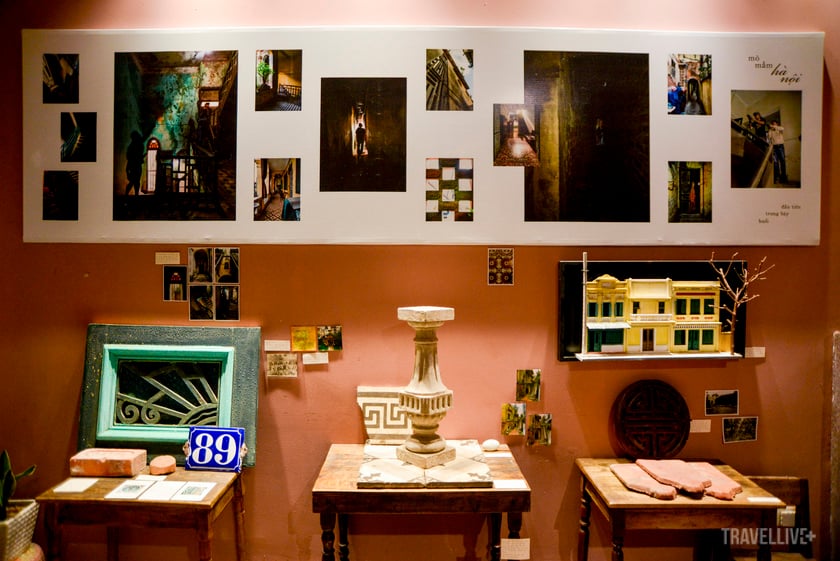
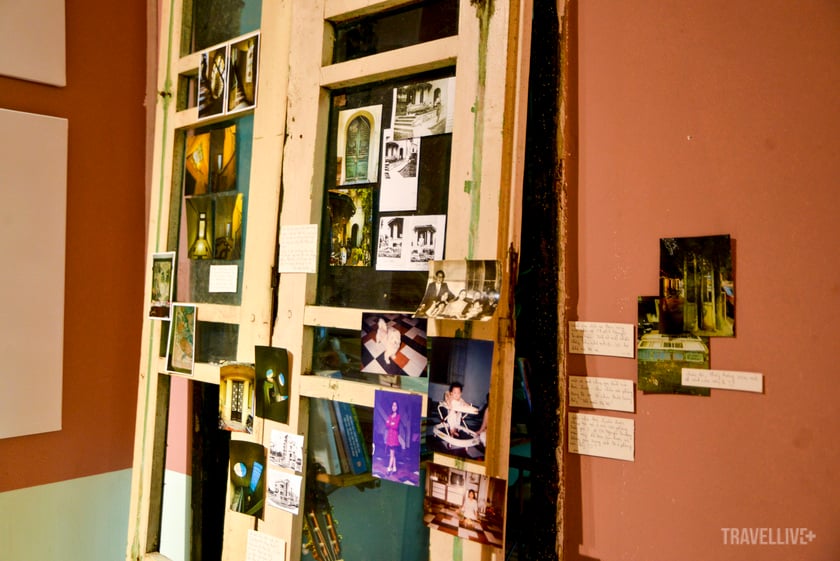
Groping in Hanoi
Amidst the hustle and bustle of life, these houses are increasingly overwhelmed by the speed of urbanization, by modern concrete structures and dazzling advertising lights. But for that reason, identifying, searching for and preserving the ancient architectural works of Hanoi is not only an act of nostalgia but also an effort to preserve cultural heritage in contemporary life.
Because every time an old house disappears, not only is the architectural piece erased, but also a part of the urban memory is erased. Thanks to the luck of experiencing and exploring those old architectures, a group of young people have written a beautiful journey - the beginning of the first exhibition called "Grieving Hanoi" at Quan Cam.


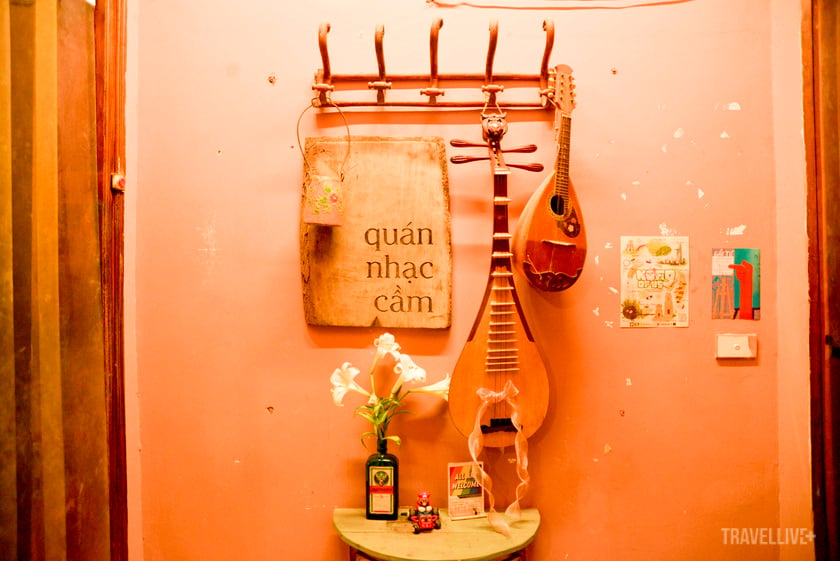
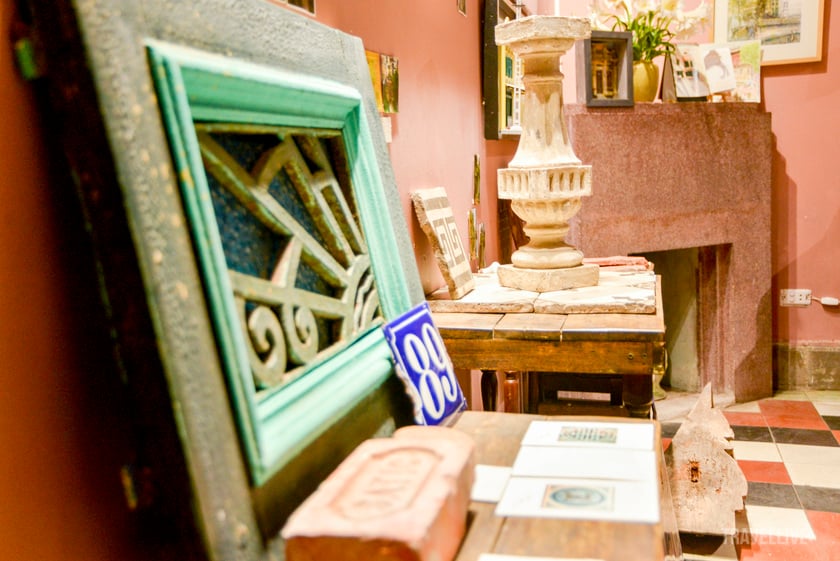

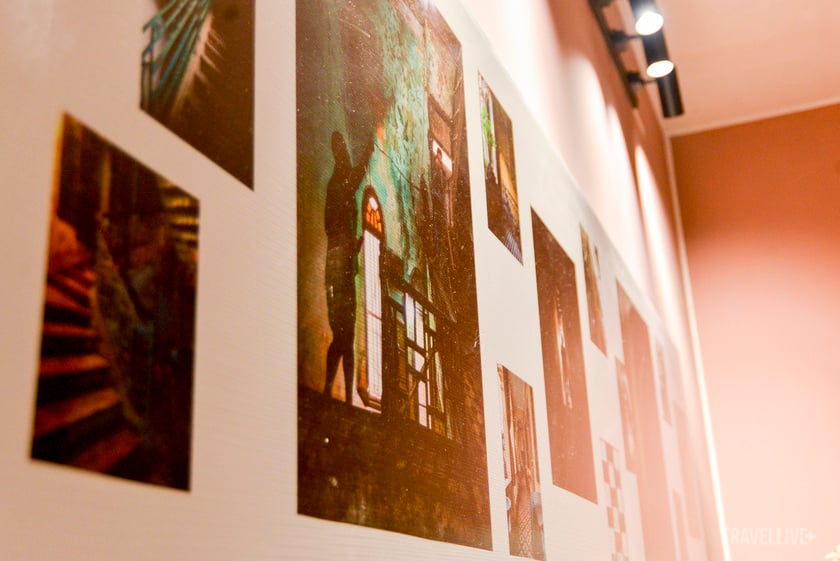
The first exhibition "Glimpsing Hanoi" opened at Cam Cafe.
Young people and the journey of preserving urban memory
There are three men who quietly go against the flow every day: Quoc Quan, Quoc Trung and Quoc Minh - three friends who share a deep interest and love for the ancient beauty of Hanoi. They call their group "ancient house hunters" - a familiar, simple name, but containing so much passion and effort of the "groping" journey in the city that is changing day by day.
For three brothers, the "old house hunters", the beauty of Hanoi lies not in the splendid things, but in what is gradually being forgotten - a villa stained by time, an apartment building with an ancient spiral iron staircase, or a cement sign with embossed letters hidden by a modern billboard.
According to Quoc Minh: “The three brothers share a common interest in admiring the old values of Hanoi, especially the houses that existed before 1954. At first, we just looked at them and told each other about them, then gradually felt regretful if we didn’t share them with more people. There are places we didn’t expect to be able to enter, and who knows, we might not be able to return a second time, so we recorded all the places we’ve been to. Every step, every window, every old wall made us feel beautiful and excited.”

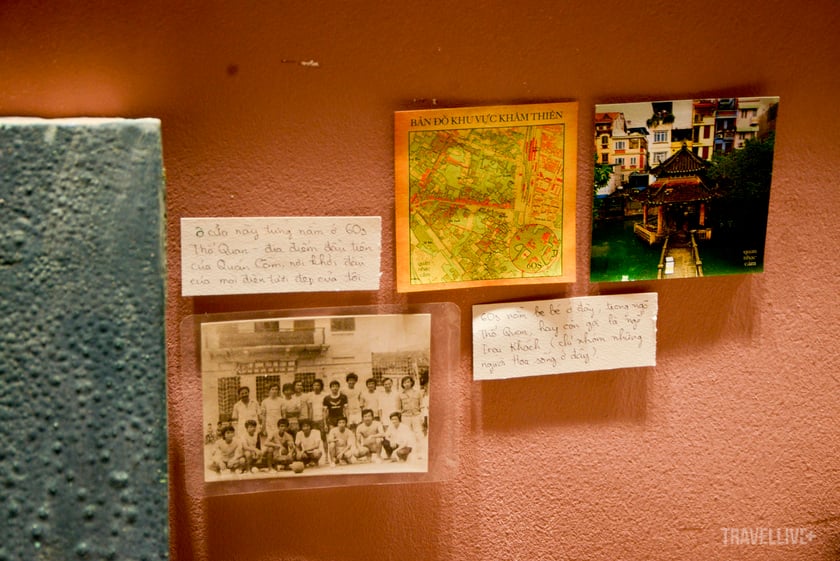
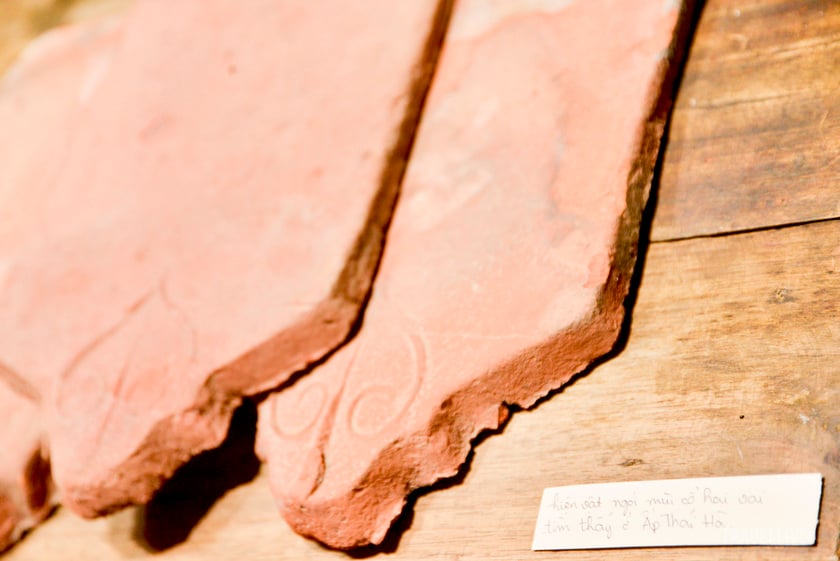
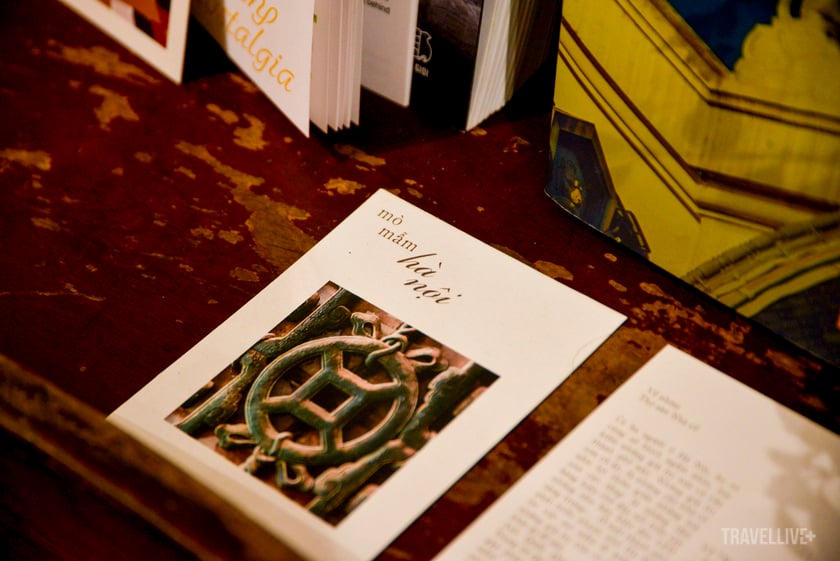
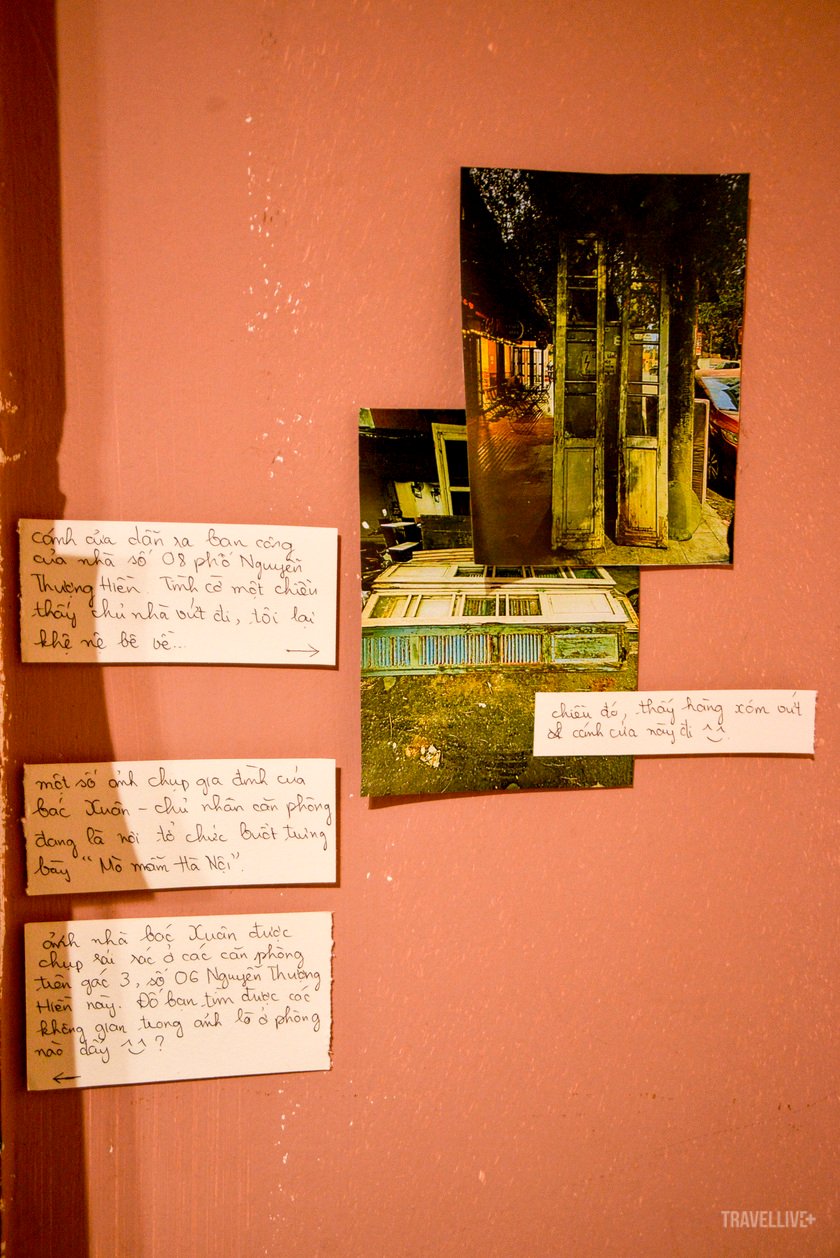
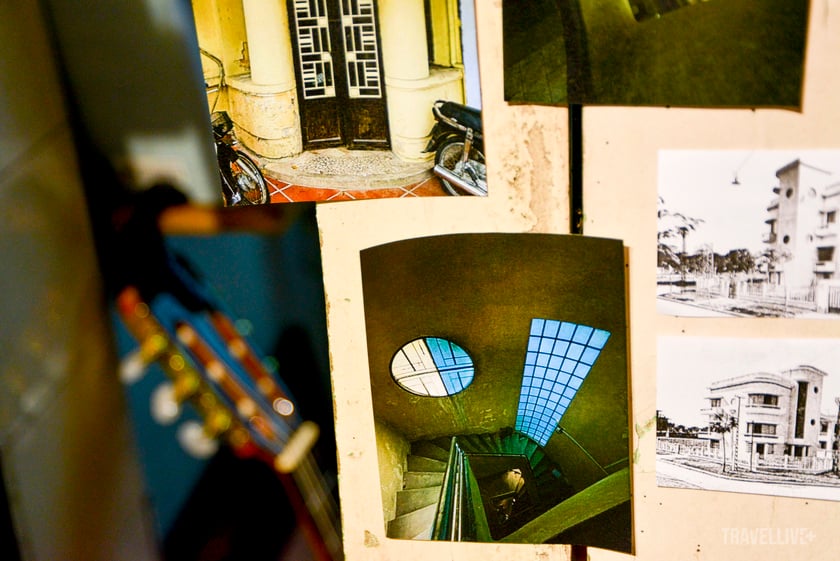
The pictures were taken and detailed handwritten captions were recorded.
Hanoi is developing at a dizzying speed. Change, from an urban perspective, is inevitable. But in the midst of that flow, not everyone realizes that seemingly old and worthless structures actually contain a large part of the city's collective memory - a place that preserves culture, architecture, aesthetics, and even the souls of the people who once lived there. For the three brothers, each time they "grope" is a time to find pieces of old Hanoi.
Without making any big noise or making any big projects, they quietly worked together. There was a house that used to be an artist’s studio during the subsidy period. There was a place that used to be the headquarters of an old diplomatic organization or an old hospital. There were places that were just bare walls, but enough for the three brothers to guess the architectural style, the age and the spirit of the times hidden behind the peeling plaster.


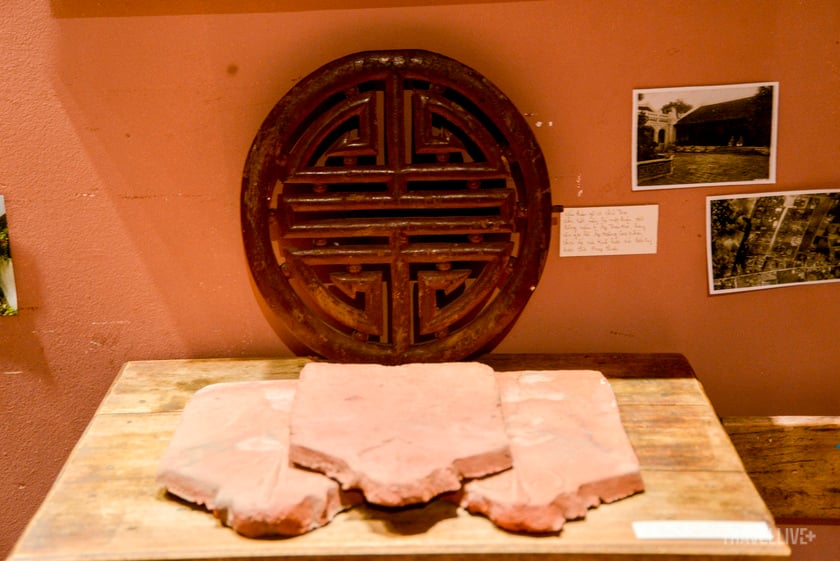

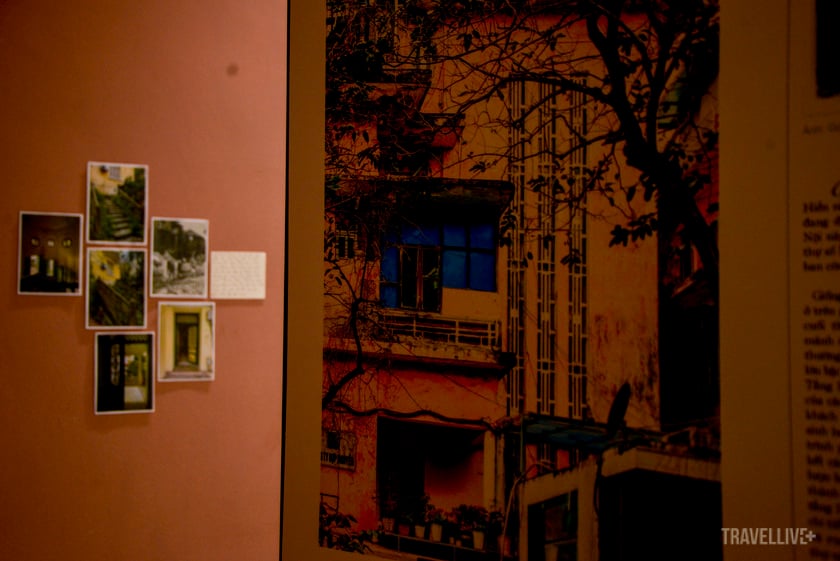

Groping in Hanoi
Groping Hanoi exhibition of memories
After a long time together, the accumulated emotions, images and documents gradually made the group think of something bigger, sharing this journey with more people. And from there, “Mo mam Hanoi” - the first exhibition of the ancient house hunters group was born.
The three-story architecture with the attic, the soaring staircase, the iron and glass doors extending from the ground floor to the attic shows a modern design that blends softness and sharpness. The photos of the light shining through the glass windows, or the curved dark wooden handrails of the stairs make viewers moved. It is unbelievable that Hanoi still has such beautiful buildings.
Along with the images, the exhibition also includes handwritten notes, excerpts from conversations with homeowners, floor plans, and even old signs recreated from memory. For the group of old house hunters, “groping” is not about romanticizing the past or opposing development.


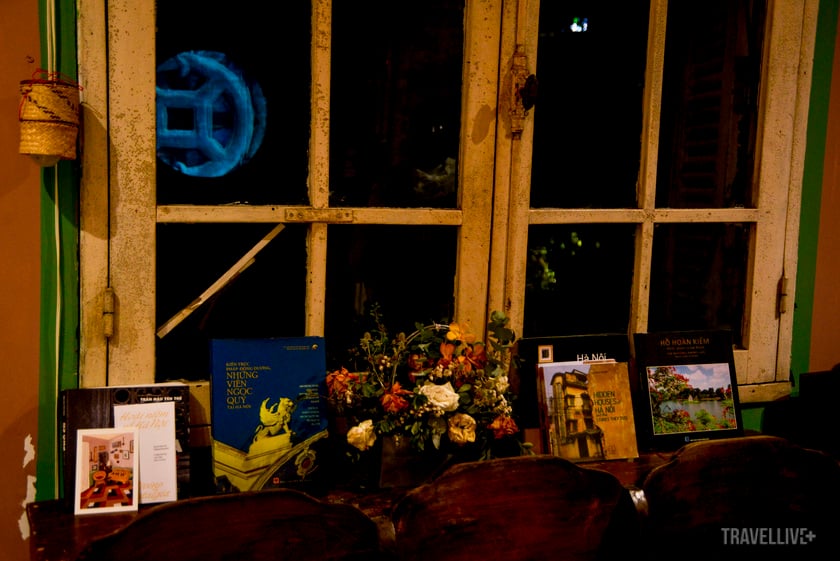

The exhibition is in a limited space but covers the whole of old Hanoi.
The exhibition space is an old apartment building. On the walls are hundreds of photos selected from the three brothers' archives, from French wooden doors on Nguyen Thuong Hien Street, to the remaining yin-yang tiled roofs in the old town; from a dilapidated Art Deco villa, to townhouses hidden by convenience stores.
One of the highlights of the exhibition is the villa at 14 Nguyen Gia Thieu - a building that stunned the three brothers when they first discovered it. Located at the corner of Nguyen Gia Thieu and Lien Tri streets, the villa is a typical embodiment of the Art Deco style, popular in the 30s and 40s.
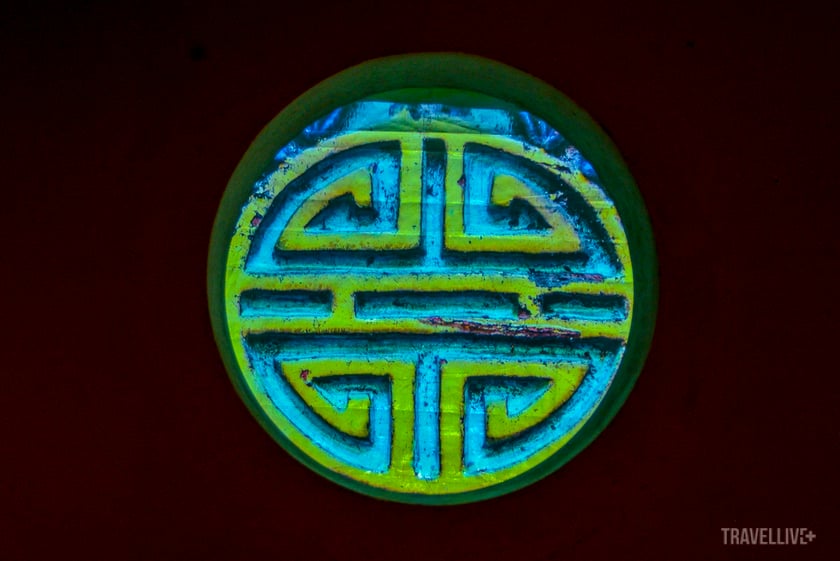
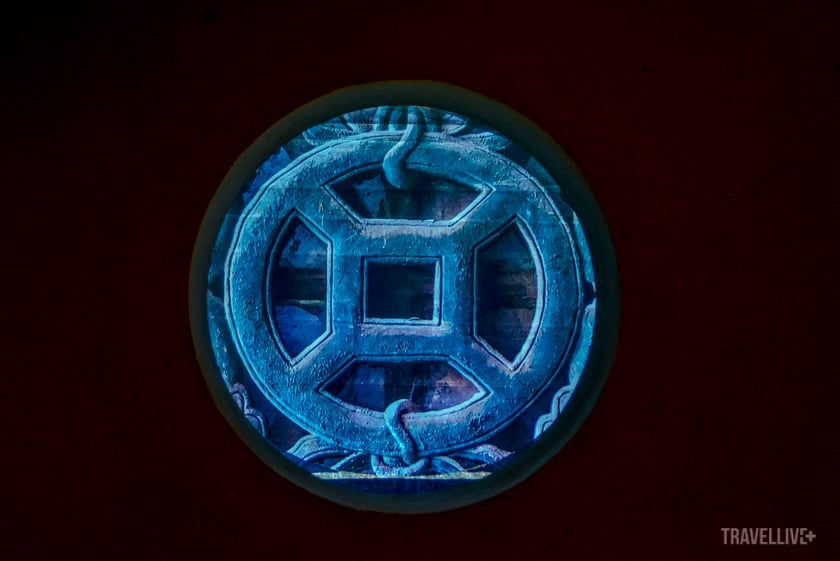
Projecting Hanoi heritage symbols
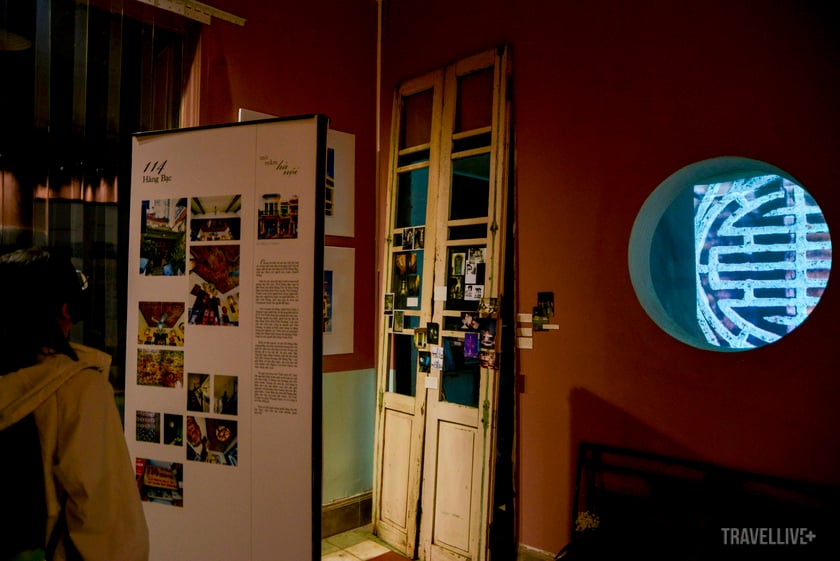
“Grumbling in Hanoi” may just be the beginning
They understand that the city needs to grow and modernize. But at the same time, there are ways to preserve what has made up its identity. Recording, photographing, displaying, and connecting with the community are ways to prevent architectural and cultural values from being forgotten. They are ways to prevent urban memories from disappearing silently.
Because for them, the old houses are not just architecture, they are memories, culture, and living heritage of a very unique Hanoi. The first exhibition is an important milestone, continuing the journey of "groping" to preserve what is called heritage for the future.





